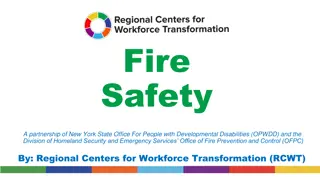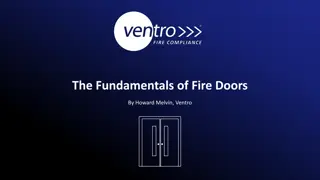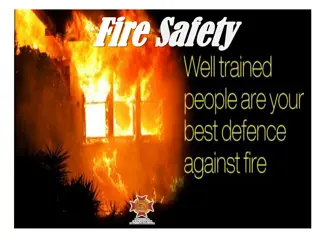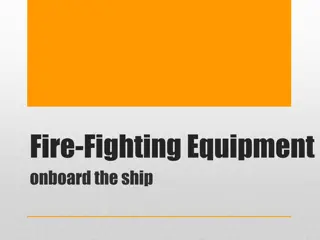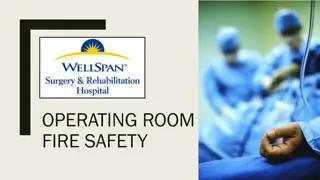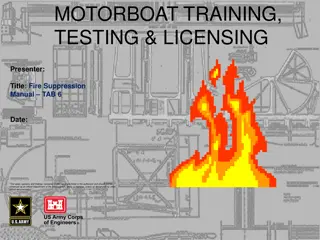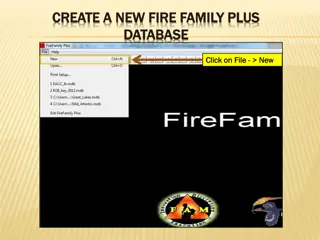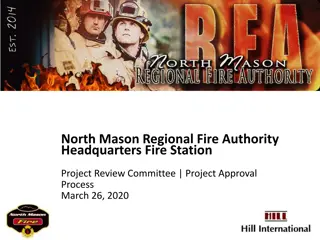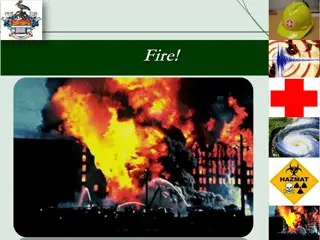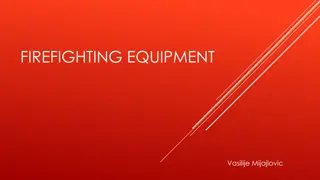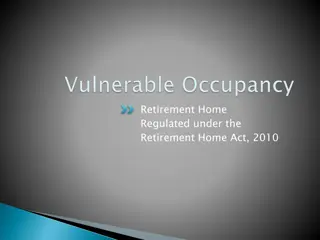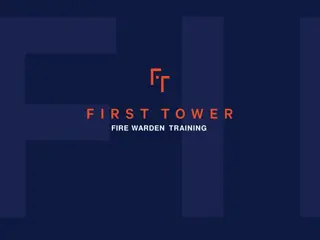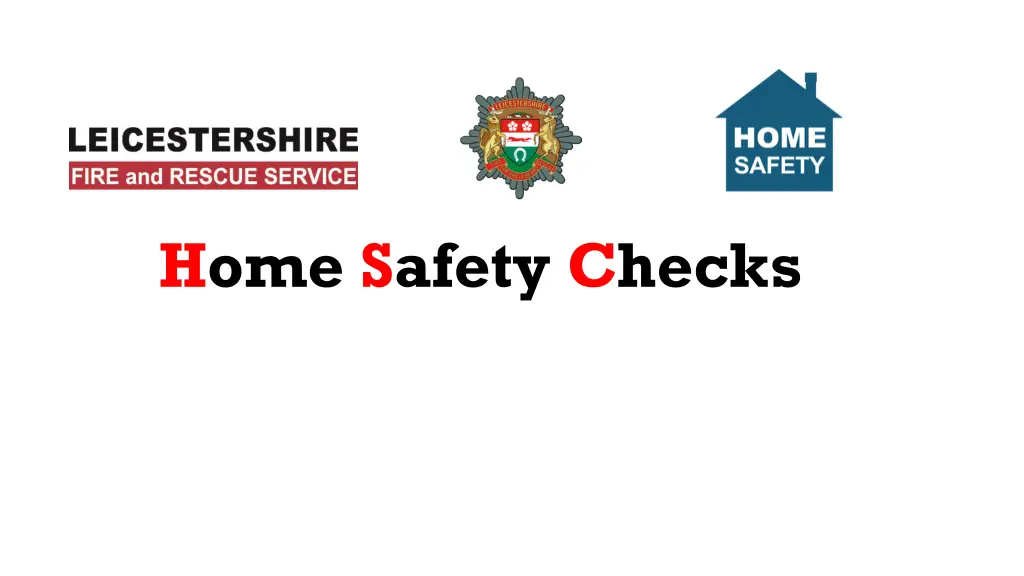
Home Safety Checks and Risk Identification
Conducted by trained specialists, home safety checks cover a range of topics including fire safety, health factors, and more. Risk identification focuses on issues like hoarding and faulty electrical items to ensure safety and prevent potential hazards.
Download Presentation

Please find below an Image/Link to download the presentation.
The content on the website is provided AS IS for your information and personal use only. It may not be sold, licensed, or shared on other websites without obtaining consent from the author. If you encounter any issues during the download, it is possible that the publisher has removed the file from their server.
You are allowed to download the files provided on this website for personal or commercial use, subject to the condition that they are used lawfully. All files are the property of their respective owners.
The content on the website is provided AS IS for your information and personal use only. It may not be sold, licensed, or shared on other websites without obtaining consent from the author.
E N D
Presentation Transcript
Types of visit Home Safety Check VP/High risk P1 P3 Visit Type Home Safety Check Conducted by specialist trained Community Educators (CEs). Who conducts the visit at LFRS? Conducted by Operational Personnel and Partner agencies. Our standard Fire Angel ST-750 optical smoke alarms can be fitted. Our specialist sensory impairment, wirelessly linked smoke alarms can be fitted. CEs can assess for equipment such as lifeline, grab rails, half steps and chair raisers to aid with mobility. Sometimes CEs can offer a free Carbon Monoxide alarm (funding and stock dependant). What equipment can be supplied during the visit? Our standard Fire Angel ST-750 optical smoke alarms can be fitted. All fire safety advice covered during a HSC, plus crime prevention advice and slips, trips and falls advice if needed. CEs can also discuss a range of health and wellbeing factors, and make referrals for additional help and support if needed. What advice, information and guidance can be given All fire safety advice, including escape plans, testing smoke alarms, kitchen and electrical safety, shutting internal doors at night, what to do in the event of a fire etc.
Topics covered in HSC Other areas Physical health Frailty, mobility and falls prevention Keeping warm Social isolation Mental health (including dementia) Hoarding Smoking Electronic cigarettes Substance use Medication Home security Home fire safety Hazard spotting Fire safety advice Bedtime routine Escape planning Smoke detection Risk reduction equipment (e.g. deaf alarm, letter box lock) Reducing risk of fire related crime
Risk Identification Hoard with electrical overloading Faulty Electric Blanket
Hoarding Why is it an issue for Fire Service? Higher fire loading than normal Hides the true fire risk Delays smoke detection activation Reduces the opportunities for escape e.g. blocked exits Increase the time for escape Increases the time for the fire service to get in to effect a rescue Prevents maintenance of electrics etc. More likely to use higher risk heating sources, e.g. convection or radiation heaters
Hoarding Clutter Image rating matrix
Referral Process Secure egress form Leicestershire Fire and Rescue Service Secure Form (egressforms.com) First Contact Urgent referrals (Arson risk) can be taken over phone 24/7 SMS service for hard of hearing



